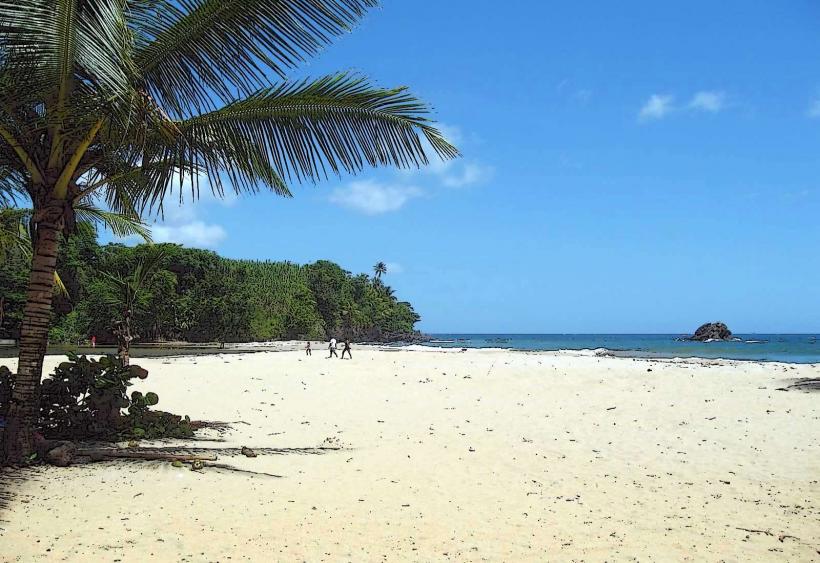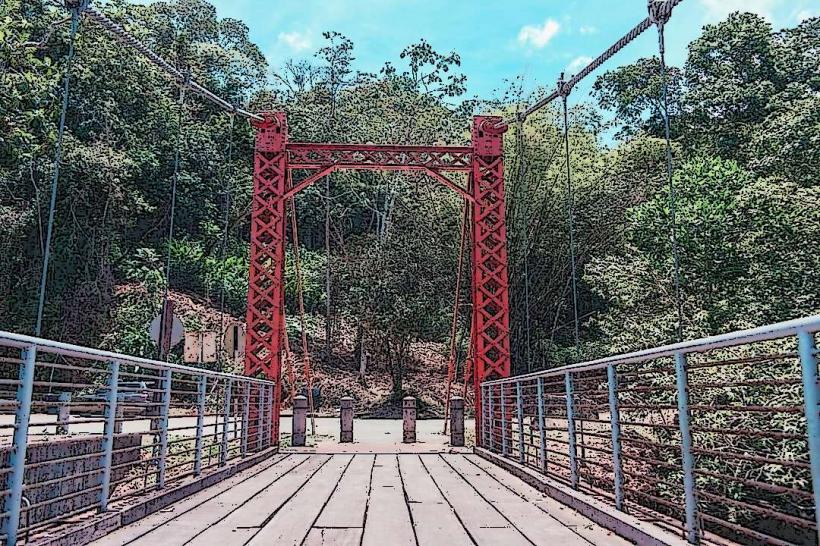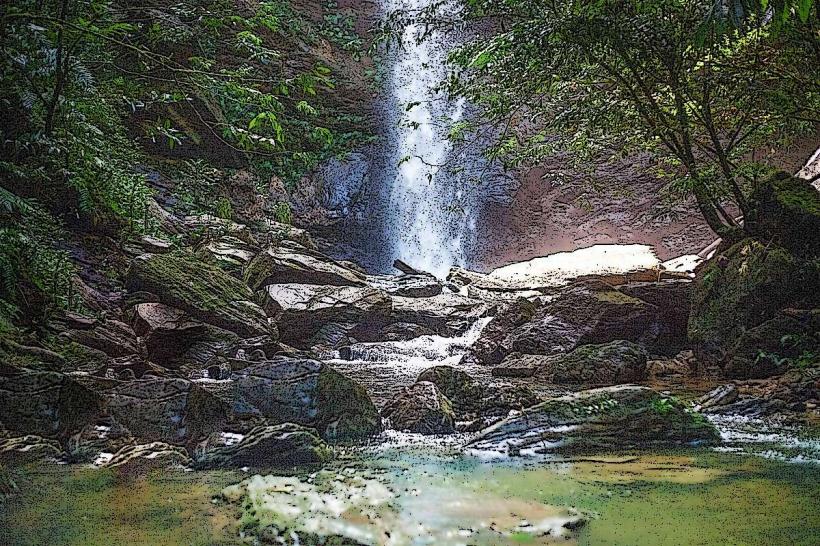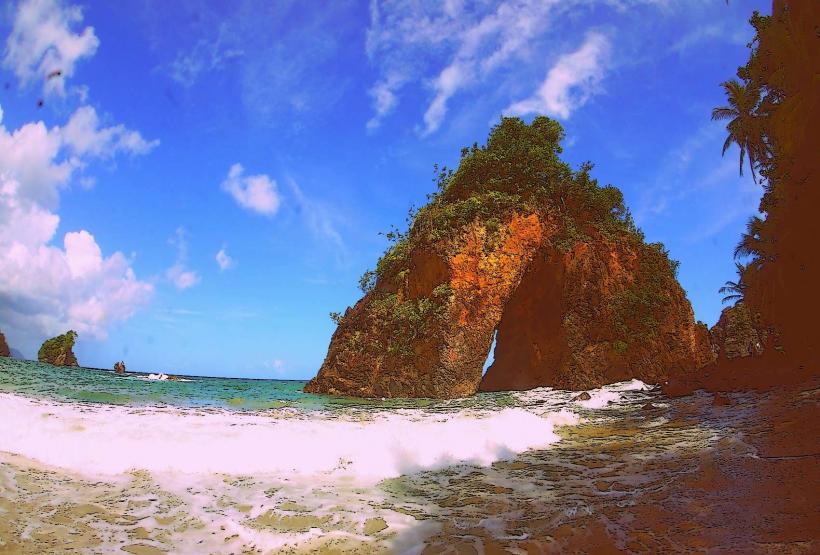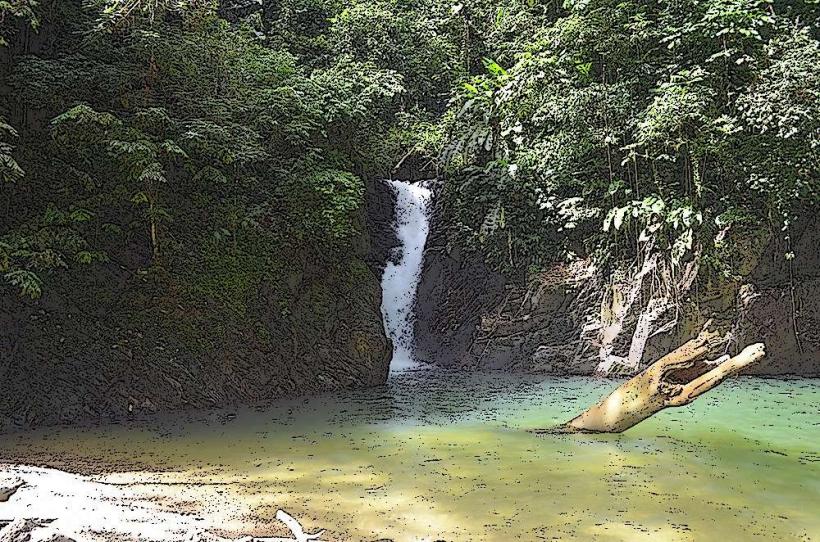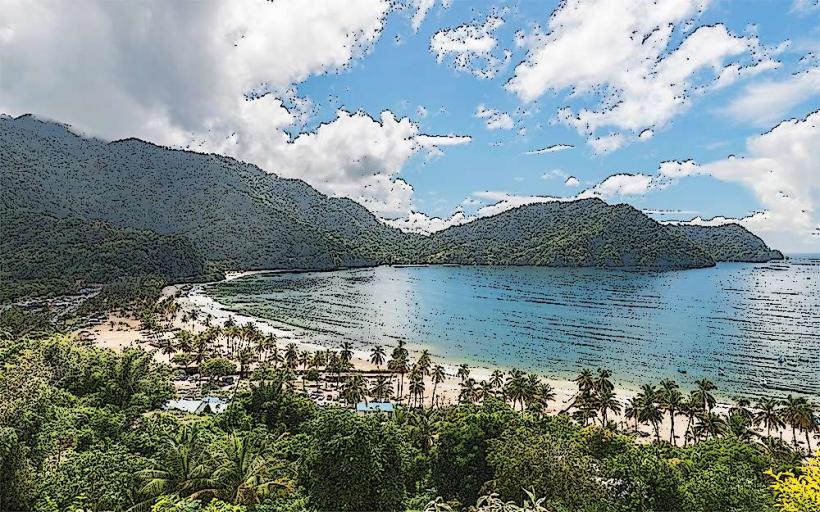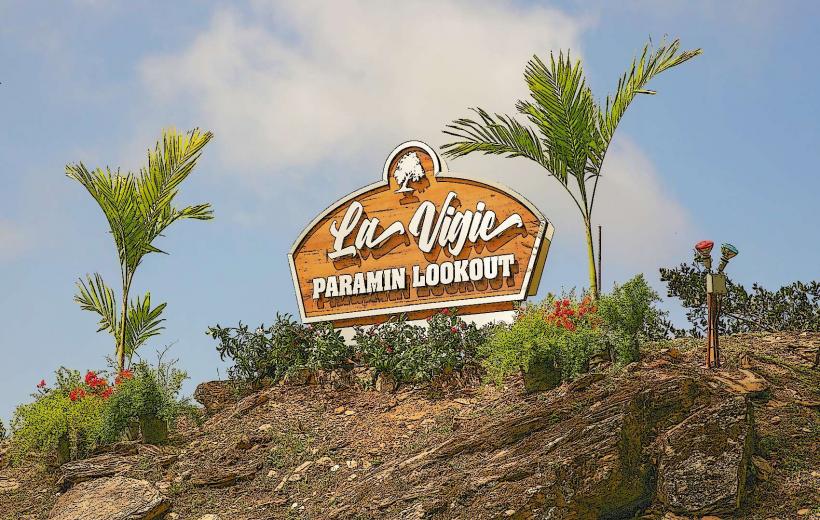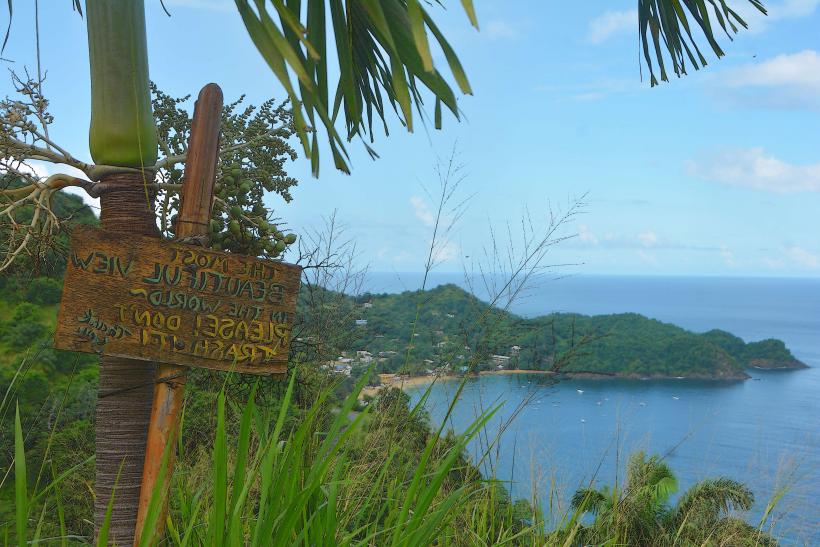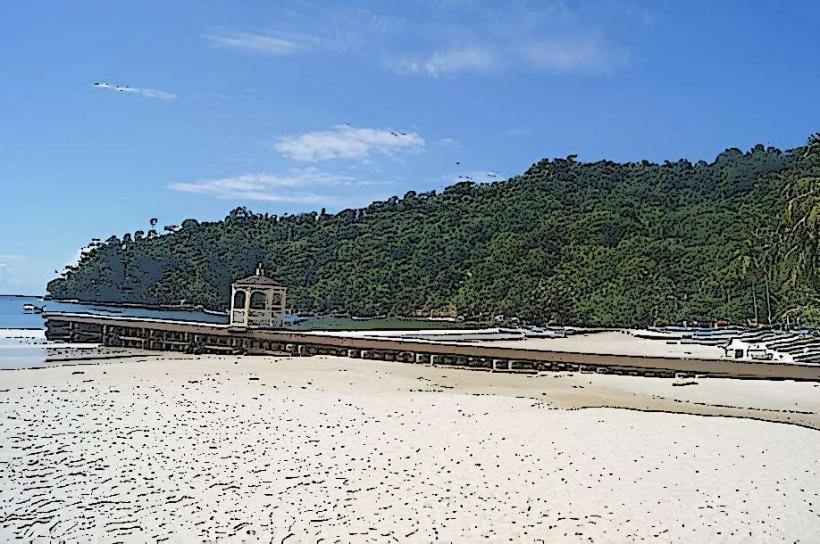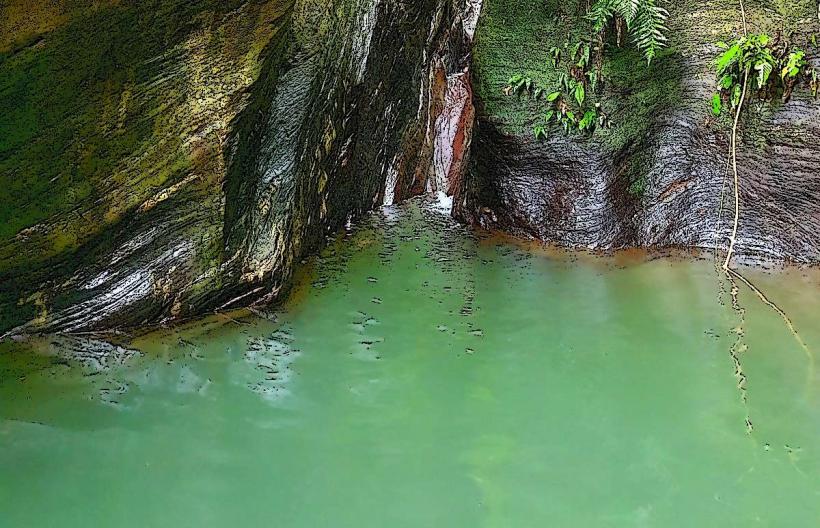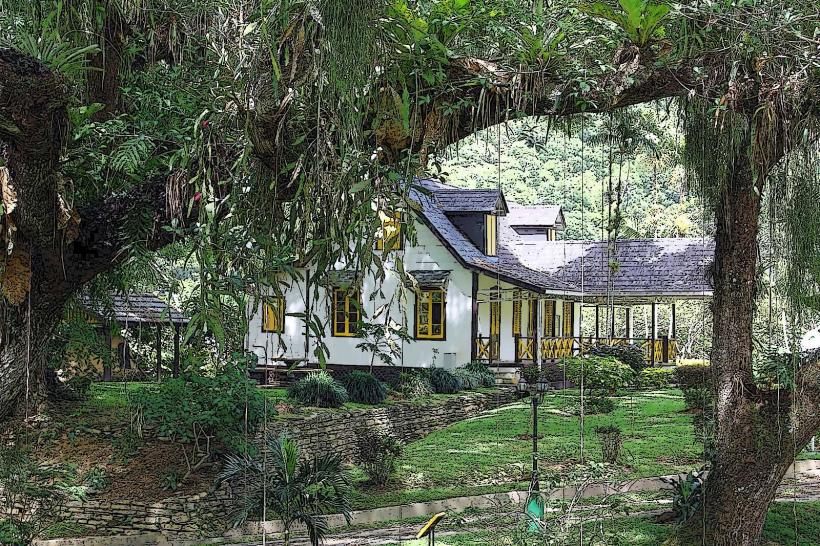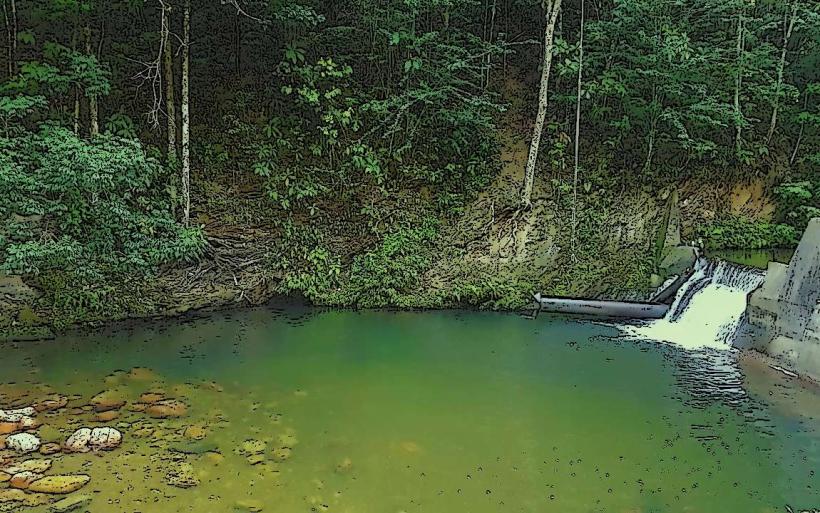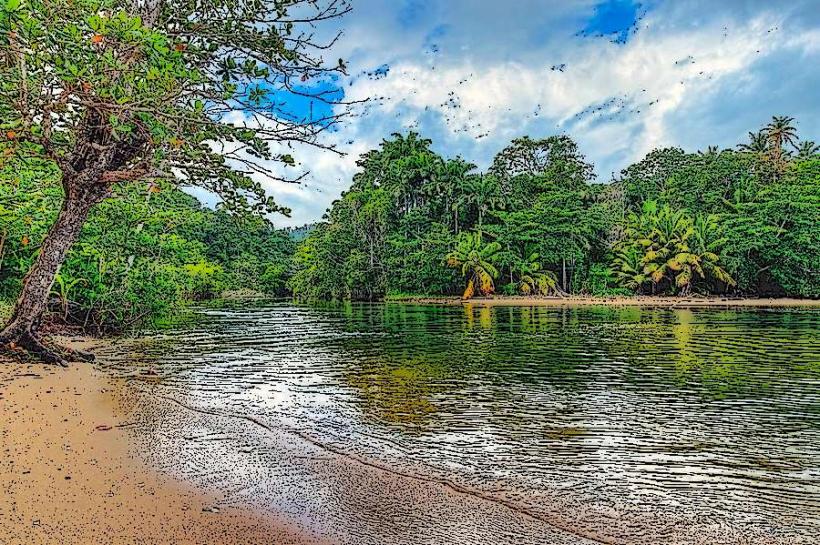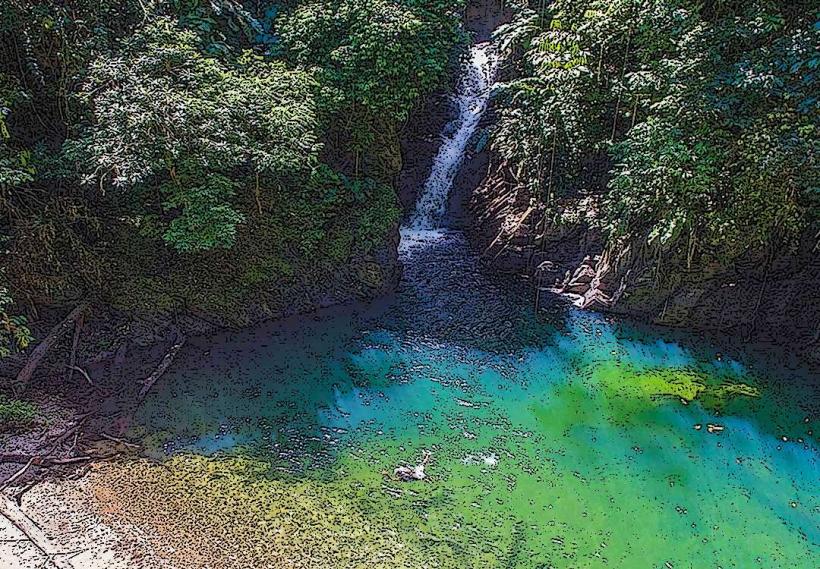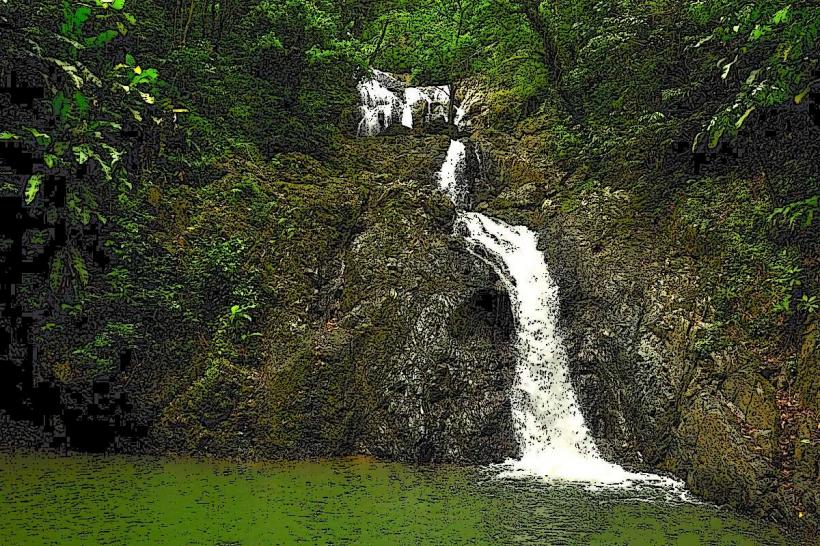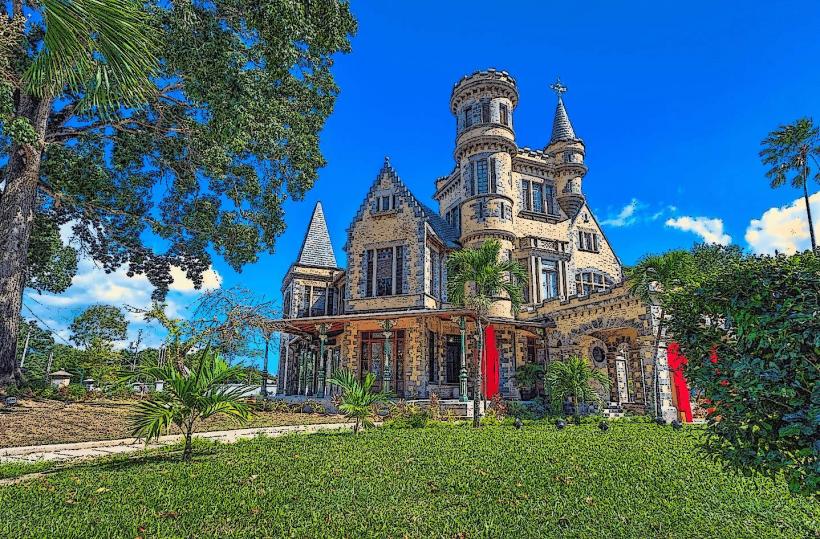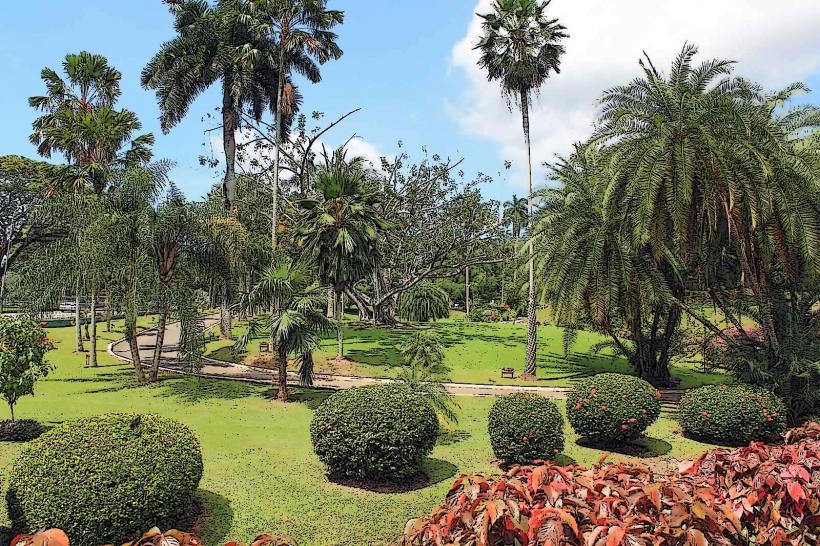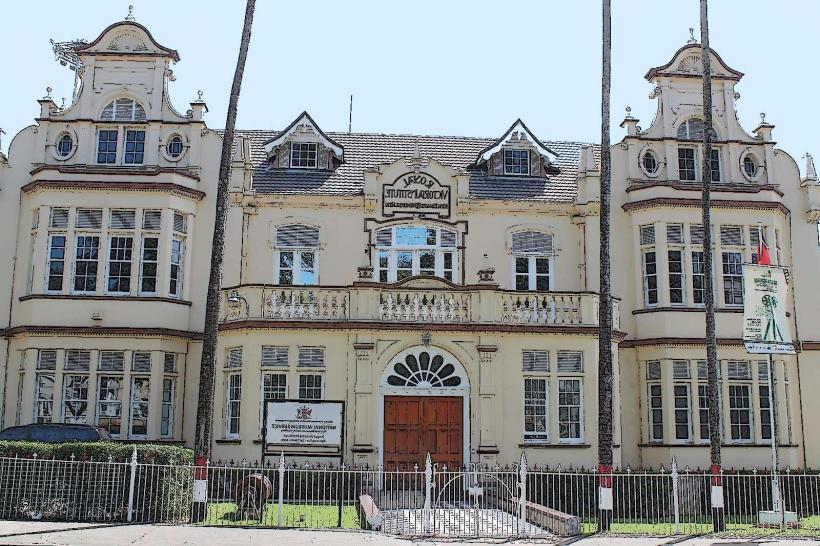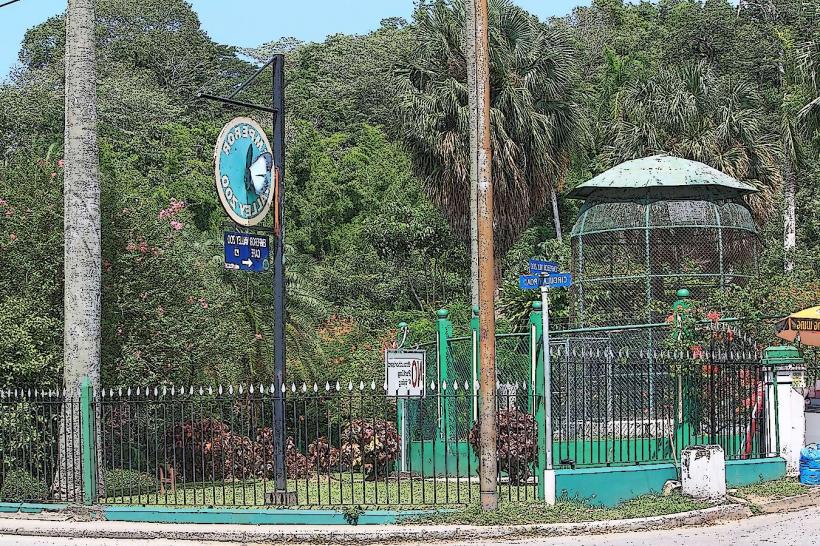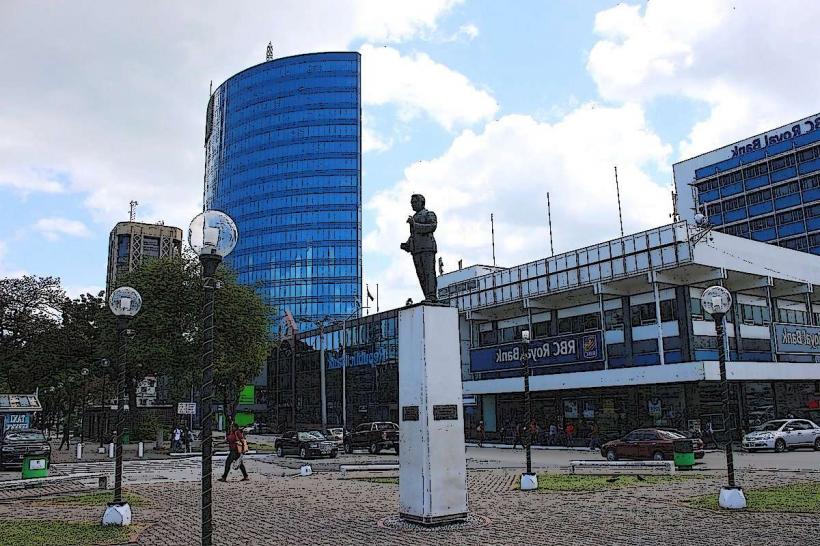Information
Landmark: Fort GeorgeCity: Port of Spain
Country: Trinidad and Tobago
Continent: North America
Fort George is a historic military structure located on the north side of Port of Spain, Trinidad and Tobago, overlooking the Gulf of Paria. The fort holds significant historical value and offers stunning panoramic views of the city, coastline, and the nearby islands. Here's a detailed overview of Fort George:
History and Background:
Establishment: Fort George was constructed in 1804 by the British colonial forces during their control over Trinidad. It was built to provide defense for the city of Port of Spain against potential attacks, particularly from the sea, and to monitor the movements of ships in the Gulf of Paria.
Construction and Design: The fort was built on a hill at an elevation of approximately 250 feet (76 meters) above sea level, providing strategic advantages for both surveillance and defense. It was designed in a traditional European military style, with a large central square, walls, and bastions for artillery placement.
Strategic Importance: The location of Fort George was chosen because of its elevated position, which gave it a clear line of sight to incoming naval vessels. The fort was part of a network of coastal fortifications designed to protect Trinidad from external threats, including pirates and rival European colonial powers.
Architecture and Features:
Main Structure: The fort’s main building is an imposing structure with thick stone walls, typical of 19th-century colonial military architecture. It was designed to house soldiers and artillery, with storage areas for ammunition and provisions.
Cannons and Artillery: Fort George originally had multiple cannons mounted along its walls, which were used to defend against naval assaults. While some of these cannons have been relocated or are no longer functional, a number of original cannons remain in place, offering a glimpse into the fort’s military purpose.
Bastions and Watchtowers: The fort includes several bastions—angled sections of the fort’s walls designed for defense and to allow soldiers to fire on attackers from different angles. The fort also has a watchtower, which would have been used to signal incoming ships or troops.
Visitor Experience:
Panoramic Views: One of the key attractions of Fort George is its breathtaking view of Port of Spain, the Gulf of Paria, and the Caribbean Sea. From the fort’s elevated position, visitors can see sweeping views of the coastline, the city below, and neighboring islands such as Chacachacare and Carriacou.
Historical Significance: Fort George is a symbol of Trinidad’s colonial past and military history. It is an important site for understanding the strategic role of the British in the Caribbean during the 19th century. Visitors can learn about its history and its role in the defense of the island during its time as a British colony.
Exploring the Grounds: The fort’s grounds are well-maintained and feature a small garden where visitors can walk around and take in the scenery. The site also provides benches and shaded areas for relaxation.
Information Plaques: To help visitors learn about the fort's history, several informative plaques are placed around the site. These plaques provide details about the fort’s construction, its role in Trinidad’s defense, and the key historical figures associated with the site.
Accessibility:
Location: Fort George is located on the hill above Port of Spain, at the end of Mucurapo Road. The fort is situated near the Queen's Park Savannah and is accessible by car or public transport. The road leading up to the fort is narrow and winding, but it offers a scenic drive.
Opening Hours: The fort is typically open to the public during daylight hours, but it’s recommended to check for any schedule changes or special closures.
Entry Fee: There is generally no entry fee to visit Fort George, though donations to help maintain the site are often appreciated.
Cultural and Educational Role:
Heritage Site: Fort George is recognized as an important cultural and heritage site in Trinidad. It is a place where visitors can reflect on the island’s colonial past, the military history of the British Empire, and the role of Trinidad in the Caribbean during the 19th century.
Educational Programs: The fort is sometimes used for educational programs, including school trips and historical tours. These programs aim to educate visitors about Trinidad’s military history, colonial period, and the strategic importance of the fort in the defense of the island.
Cultural Events: On occasion, Fort George is used as a venue for cultural and heritage events, such as concerts, outdoor theater performances, and commemorations of national holidays. These events offer a unique way to experience the fort in a modern context.
Nearby Attractions:
Queen's Park Savannah: Located nearby, Queen’s Park Savannah is one of the largest open spaces in Port of Spain, ideal for leisurely walks and picnics. It also contains several important landmarks, including the Royal Botanic Gardens and the National Museum and Art Gallery.
Emperor Valley Zoo: The zoo, also located near Fort George, is home to a variety of local and exotic wildlife and is a popular destination for families.
Conclusion:
Fort George is a historic landmark that offers visitors a chance to step back in time and explore Trinidad’s colonial military history. Its strategic location, stunning views, and well-preserved architecture make it a must-visit attraction for anyone interested in the island’s past. Whether you’re a history enthusiast, a nature lover, or someone simply looking for a scenic place to relax, Fort George provides a fascinating and picturesque experience.

